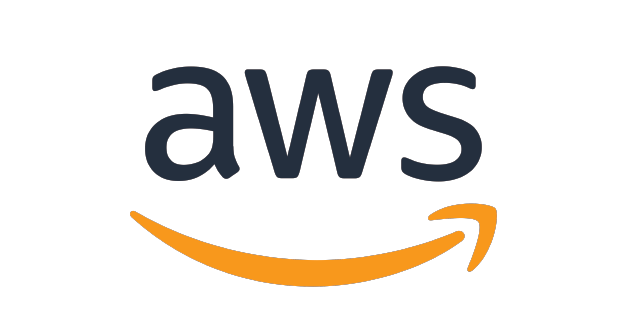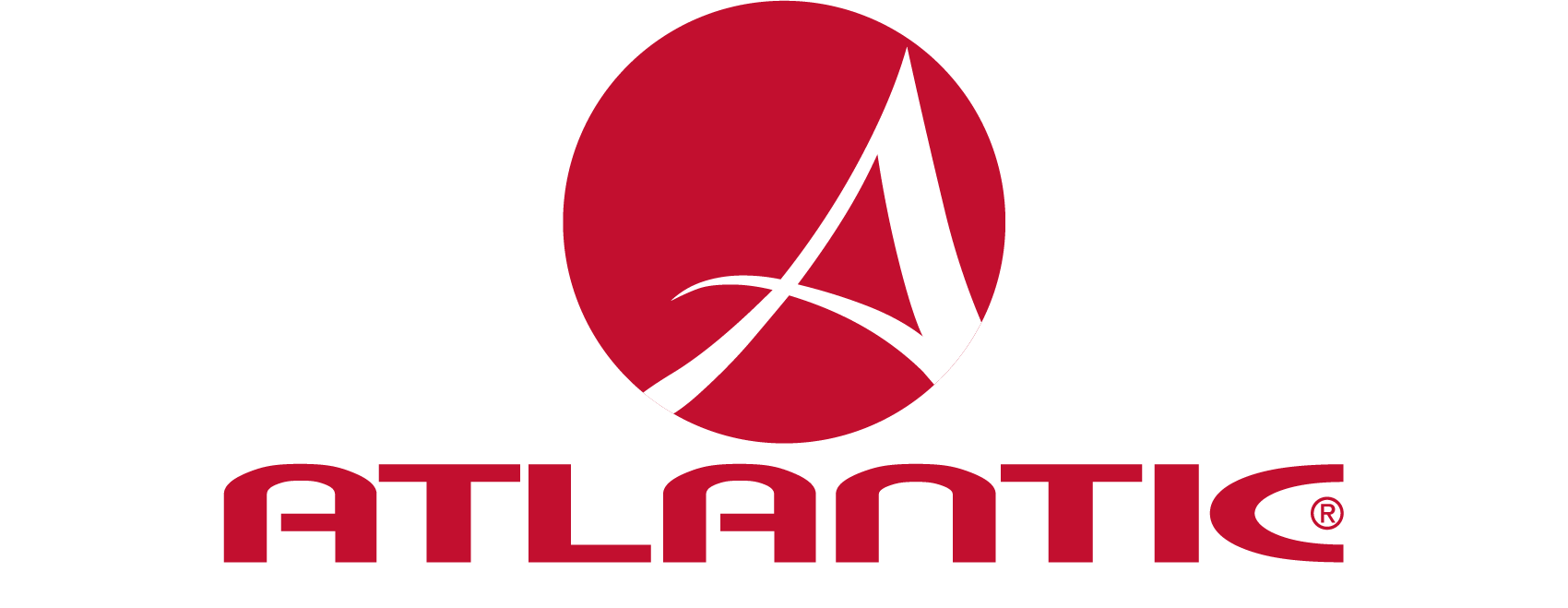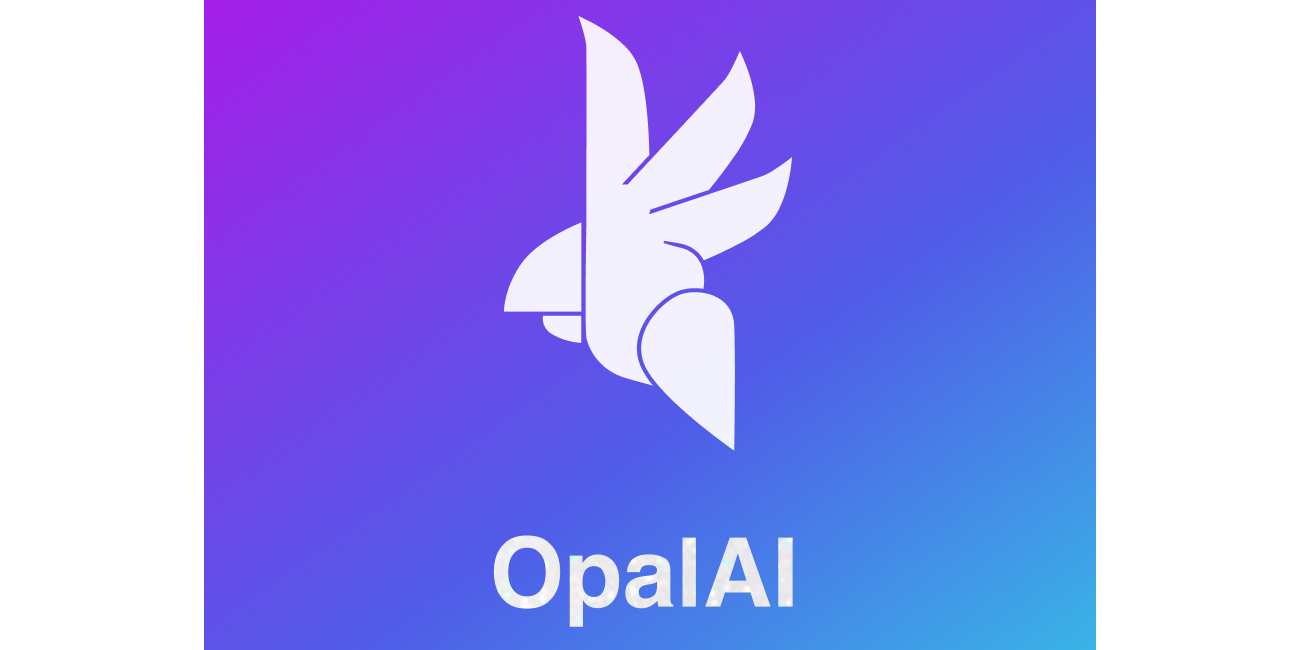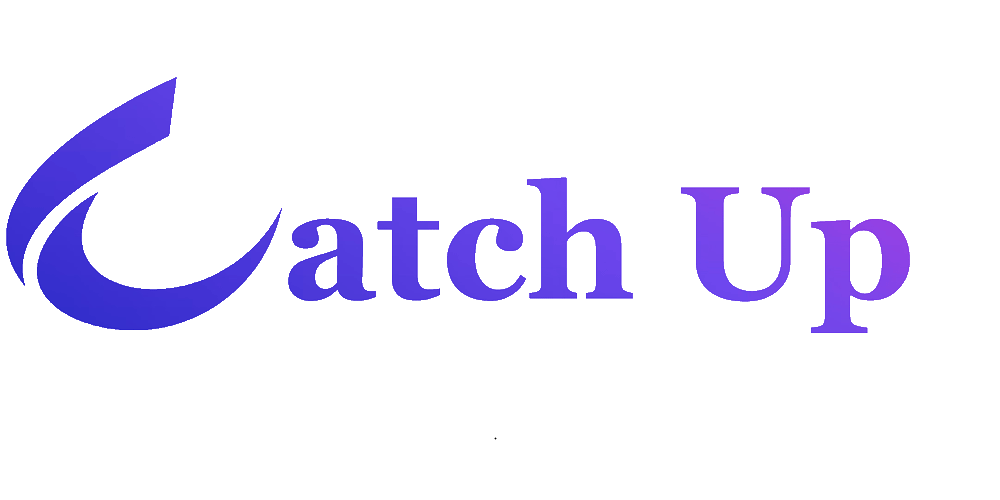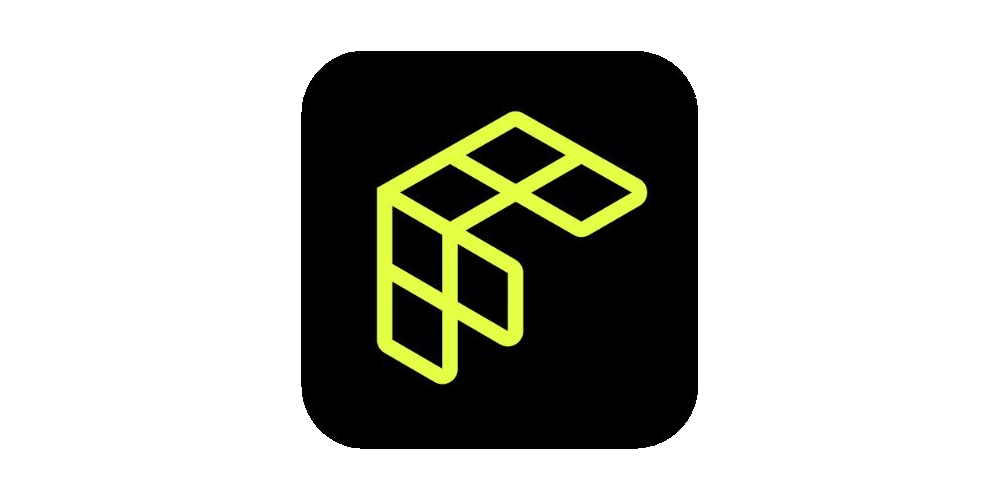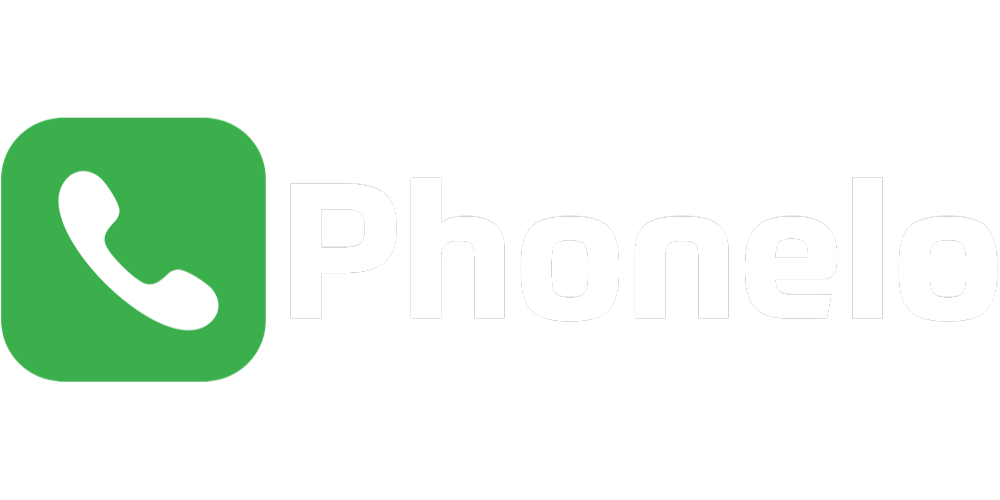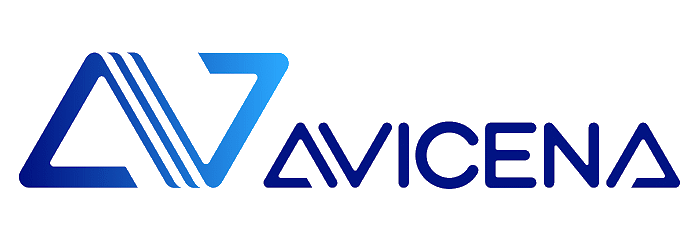AI in Recruitment: How Artificial Intelligence Is Shaping the Future of Hiring
Introduction: The New Frontier of Hiring
The world of talent acquisition is undergoing a transformation. Today, AI in recruitment isn’t just a buzzword — it’s central to how companies attract, assess, and retain talent. As artificial intelligence hiring systems evolve, we're witnessing major shifts: increased speed, improved fairness, and enhanced candidate experiences. This post examines recruitment AI trends, the role of automation in recruitment, and how these changes are defining the future of hiring.
1) What Does AI in Recruitment Mean?
At its core, AI in recruitment integrates intelligent systems across sourcing, assessment, screening, and onboarding. Instead of manual, time-intensive tasks, companies now use machine learning models, natural language processing, and predictive analytics—ushering in the next era of automation in recruitment.
With artificial intelligence hiring tools, recruiters spend less time parsing piles of resumes and more time interviewing and engaging top candidates.
2) Key Recruitment AI Trends Redefining Hiring
Several recruitment AI trends are accelerating how talent acquisition teams operate:
- Conversational agents & recruiting bots: Chatbots that engage applicants 24/7 and answer questions instantly.
- Video analytics & sentiment scoring: AI analyzes tone, expression, and communication styles during interviews.
- Skill-based matching over keywords: Models understand context, not just keyword density.
- Predictive attrition & success modeling: AI estimates which candidates will stay and succeed long-term.
- Continuous learning systems: Recruitment models retrain with feedback loops to optimize outcomes.

These trends make artificial intelligence hiring more adaptive, more precise, and more human-centered.
3) Automation in Recruitment: The Backbone of Efficiency
One of the most visible shifts in HR teams is the rise of automation in recruitment. From scheduling interviews to sending reminders, from resume parsing to candidate feedback, automation handles many repetitive workflows.
By combining AI in recruitment with automation, organizations can:
- Speed up time-to-hire
- Reduce administrative load
- Minimize human error
- Standardize evaluation processes
- Enhance candidate experience
4) How Artificial Intelligence Hiring Improves Outcomes
When using artificial intelligence hiring platforms, companies unlock several strategic benefits:
- Better candidate matching: AI evaluates deeper fit—skills, experience, culture alignment.
- Bias mitigation: Systems can be designed to suppress sensitive data and highlight underrepresented talent.
- Data-driven decisioning: Insights and predictions based on past hire performance.
- Scalability: Handle large volumes of applicants without ballooning headcount.
These are the advantages shaping the future of hiring—where decisioning is smarter, faster, and fairer.

5) The Role of AI in Recruitment Through the Talent Lifecycle
Using AI in recruitment isn’t limited to screening—it spans the full hiring lifecycle:
- Sourcing & outreach: AI identifies passive candidates and assists in targeted outreach.
- Screening & evaluation: Resume parsing, assessments, and ranking.
- Interviewing & coordination: Scheduling, reminders, candidate-facing chat assistants.
- Decision support: Predictive analytics, scoring, and insights.
- Onboarding & retention: Personalized training and protocol automation.
By embedding AI throughout, organizations future-proof their automation in recruitment and become more agile when scaling hiring.
6) Future of Hiring: What’s Next?
The future of hiring will be defined by deeper integration of AI technologies, including:
- Hyper-personalized candidate experiences: Conversational AI that tailors paths based on candidate profiles.
- Real-time adaptive assessment: Tests that adjust in difficulty or focus based on responses.
- Augmented recruiter dashboards: Visualizations and AI-driven suggestions to guide decisions.
- Cross-platform ecosystem integration: AI that connects ATS, HRIS, L&D, CRM, and more.
- Ethics-first AI models: Built with fairness, transparency, and auditability from the ground up.
With automation in recruitment, the line between human and machine collaboration will continue to blur—resulting in more efficient and impactful outcomes.
7) Best Practices for Adopting AI in Recruitment
To successfully move into this new era:
- Start with strong data infrastructure: Clean, structured history helps AI learn better.
- Pilot small, then expand: Automate one part—like resume screening—before tackling full cycles.
- Maintain human review checkpoints: Never fully outsource decision-making.
- Constantly evaluate for bias: Regular auditing is essential as models evolve.
- Measure impact with metrics: Time-to-hire, quality-of-hire, diversity ratios, candidate satisfaction.
These practices help ensure artificial intelligence hiring delivers consistent value without unintended consequences.

FAQs
Q1. What does “AI in recruitment” cover?
It includes systems using machine learning, NLP, and analytics across hiring tasks—from sourcing to onboarding.
Q2. What recruitment AI trends should HR leaders watch?
Conversational agents, video analytics, adaptive assessments, predictive success models, and continuous learning systems.
Q3. Does automation in recruitment make hiring impersonal?
Not necessarily. Smart automation frees recruiter time so they can focus on human engagement where it matters most.
Q4. How can artificial intelligence hiring reduce bias?
By suppressing demographic data, focusing on objective criteria, and auditing models periodically to support equitable hiring.
Q5. Is this the future of hiring?
Yes—organizations that adopt AI in recruitment and responsible automation in recruitment will lead in attracting, hiring, and retaining top talent.



